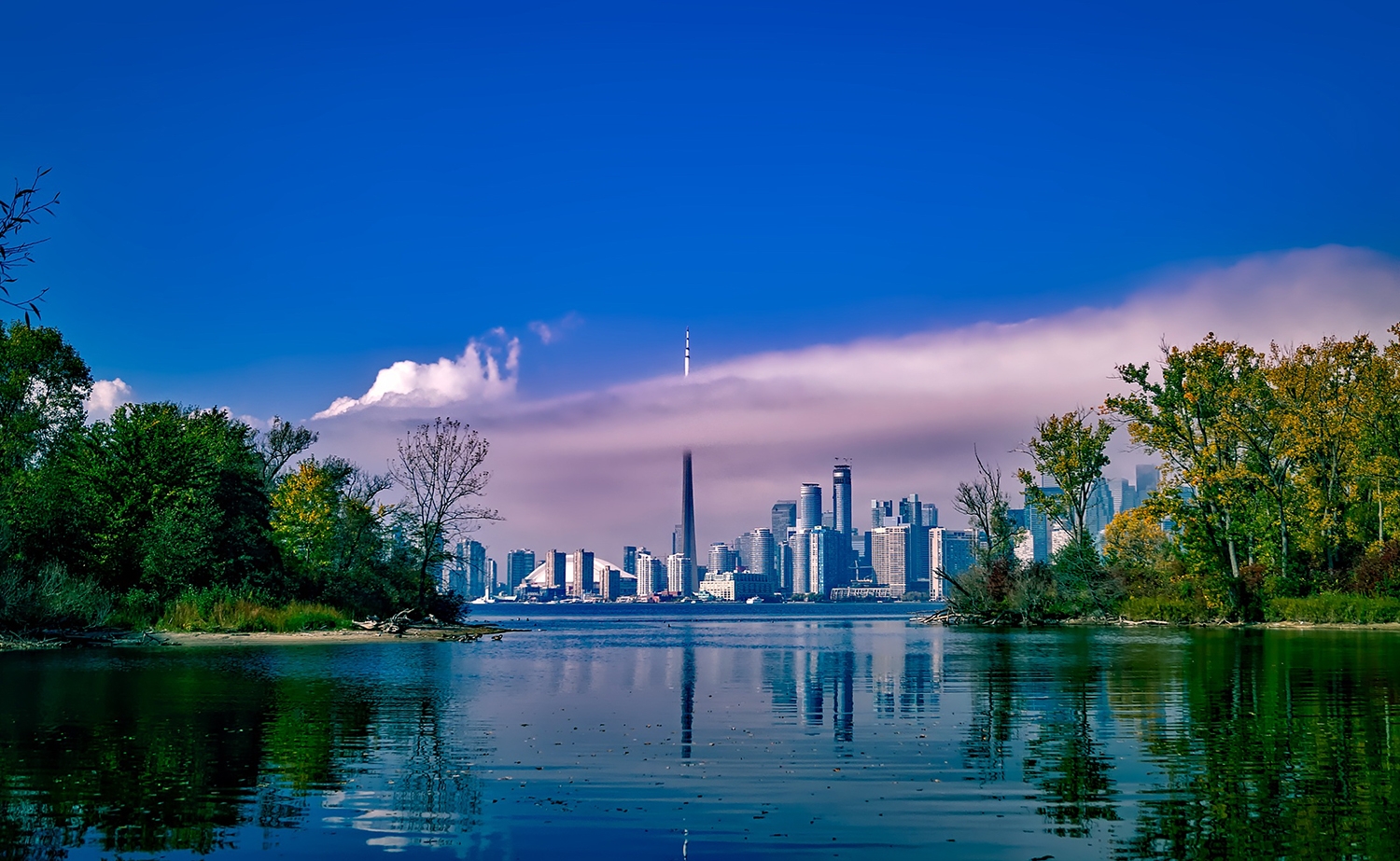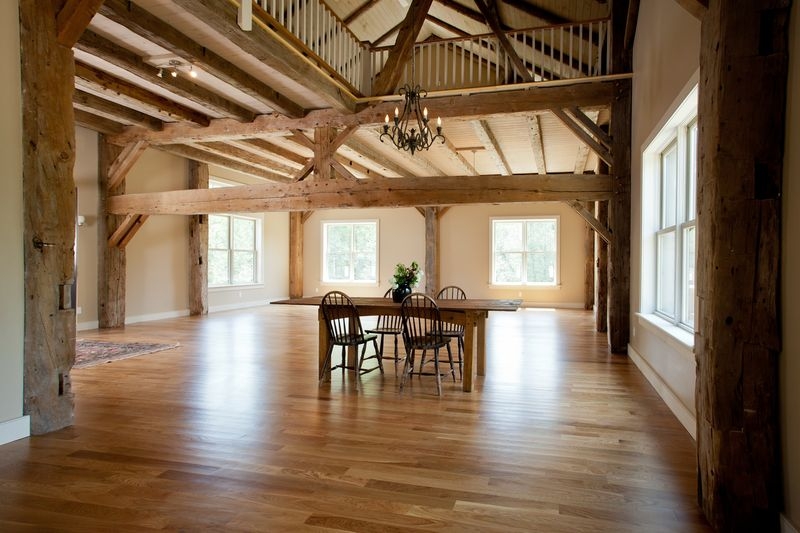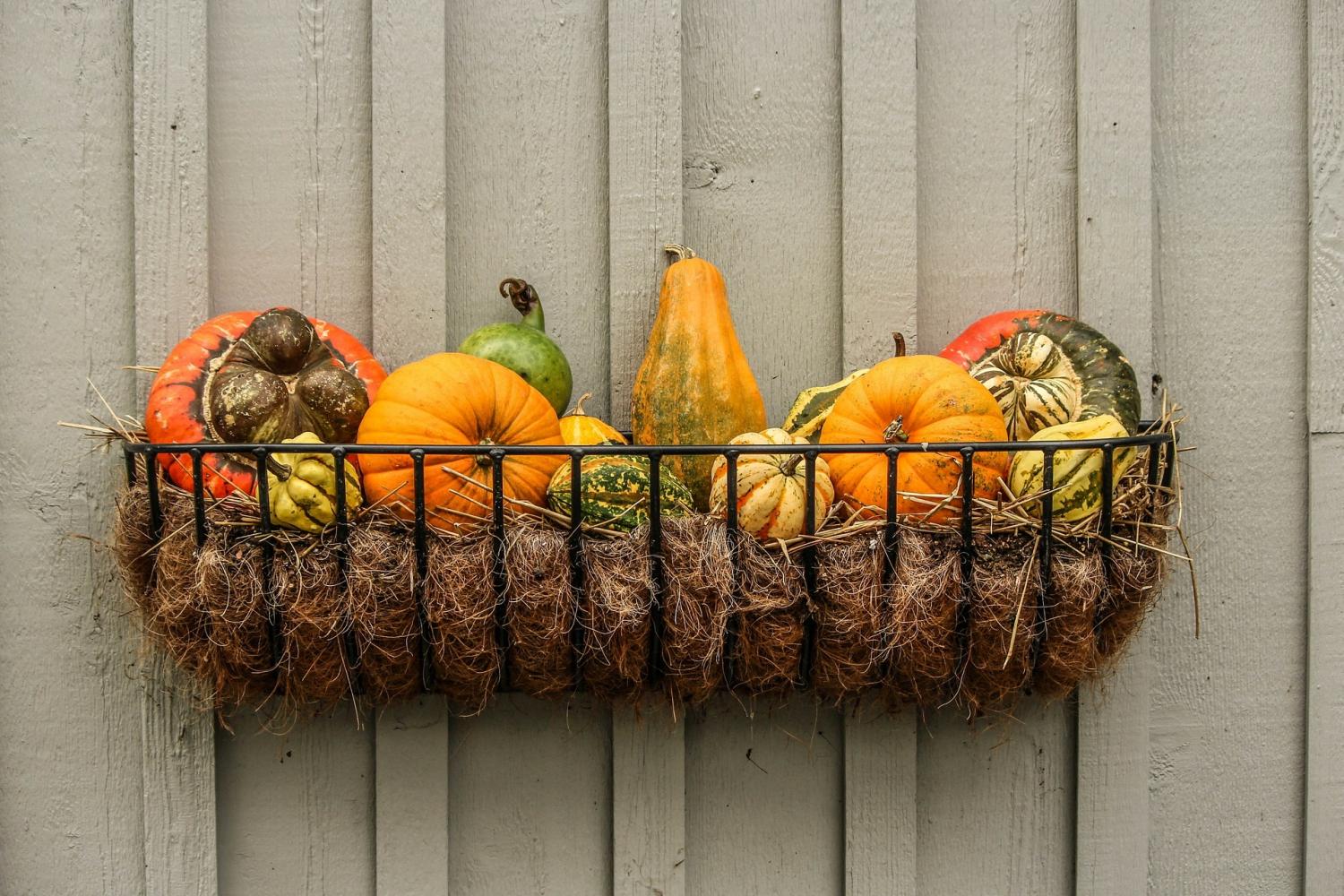
Keeping Your Neighbourhood Cool
Did you know that the way your community is designed could mean hotter temperatures for you? Known as the urban heat island effect, cities are often warmer than their rural surroundings because of less vegetation and a high percentage of dark surfaces like tar roofs, asphalt roads and parking lots. These dark surfaces absorb the sun's rays and radiate them out slowly, increasing the ambient air temperature, even at night.
The urban heat island effect means hot days can feel even warmer, putting more stress on the health of vulnerable people. At-risk groups include young children, older adults, people with chronic illnesses, socially isolated individuals, and the marginally housed or homeless.
Fortunately, there are some simple ways you can help cool your local community. Planting trees, shrubs and climbing plants — either in your own home or as part of a neighbourhood initiative — will increase green space and help cool the air. You can also cool your home by selecting paving and roofing materials that reflect the sun's rays or installing energy-efficient appliances that emit less heat.
Municipal governments across Canada are implementing community-scale actions to reduce urban heat islands, including creating new green spaces, planting trees along streets, and designing streets and buildings to allow for maximum air flow. Many municipalities have also installed green and reflective roofs on municipal buildings and use light-coloured paving materials for roads, sidewalks, parking lots and playgrounds.
Efforts to cool communities by reducing the urban heat island effect increase your comfort, protect you from extreme heat events, and provide healthy environments for all people to enjoy.
www.newscanada.com









